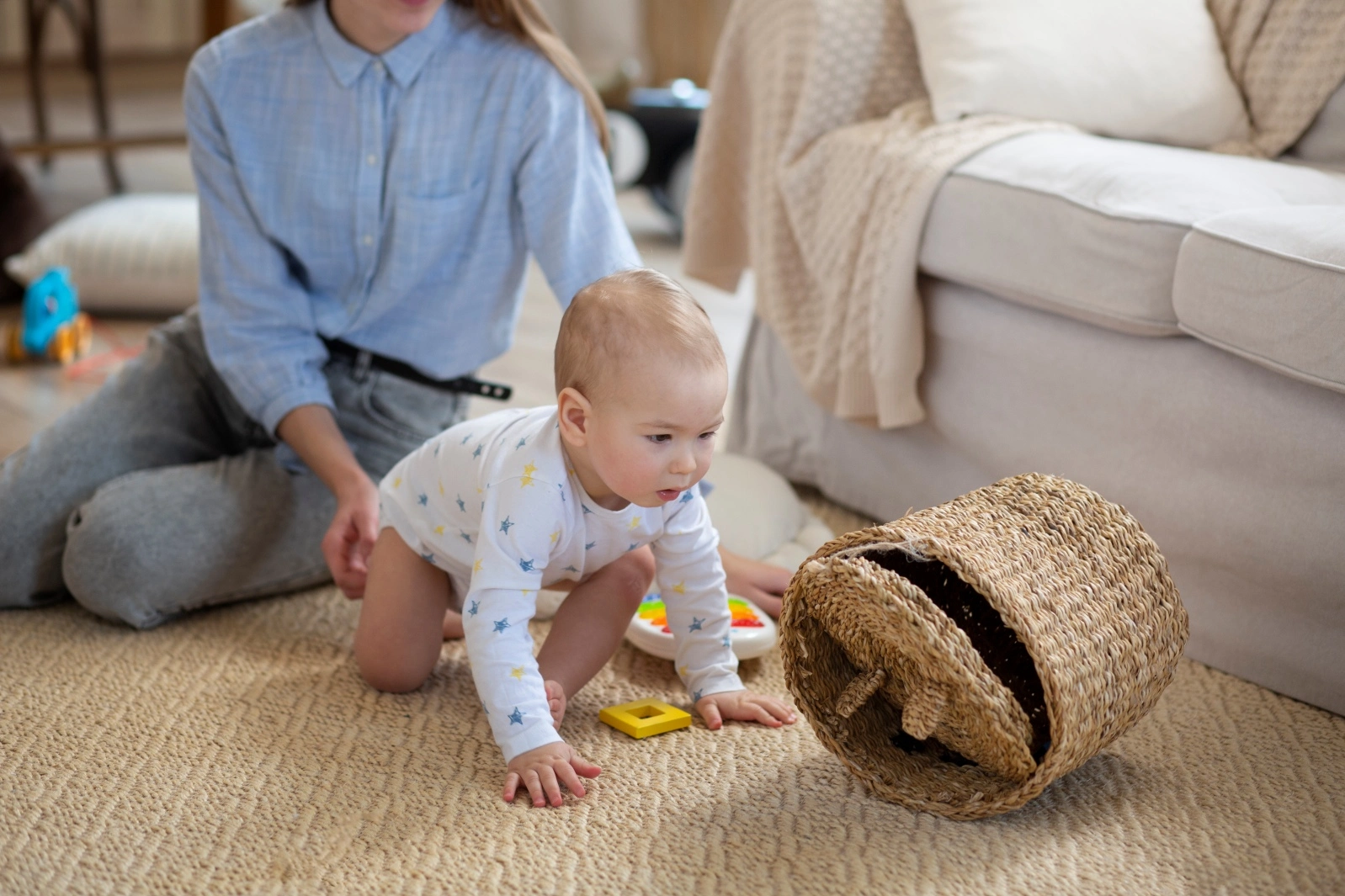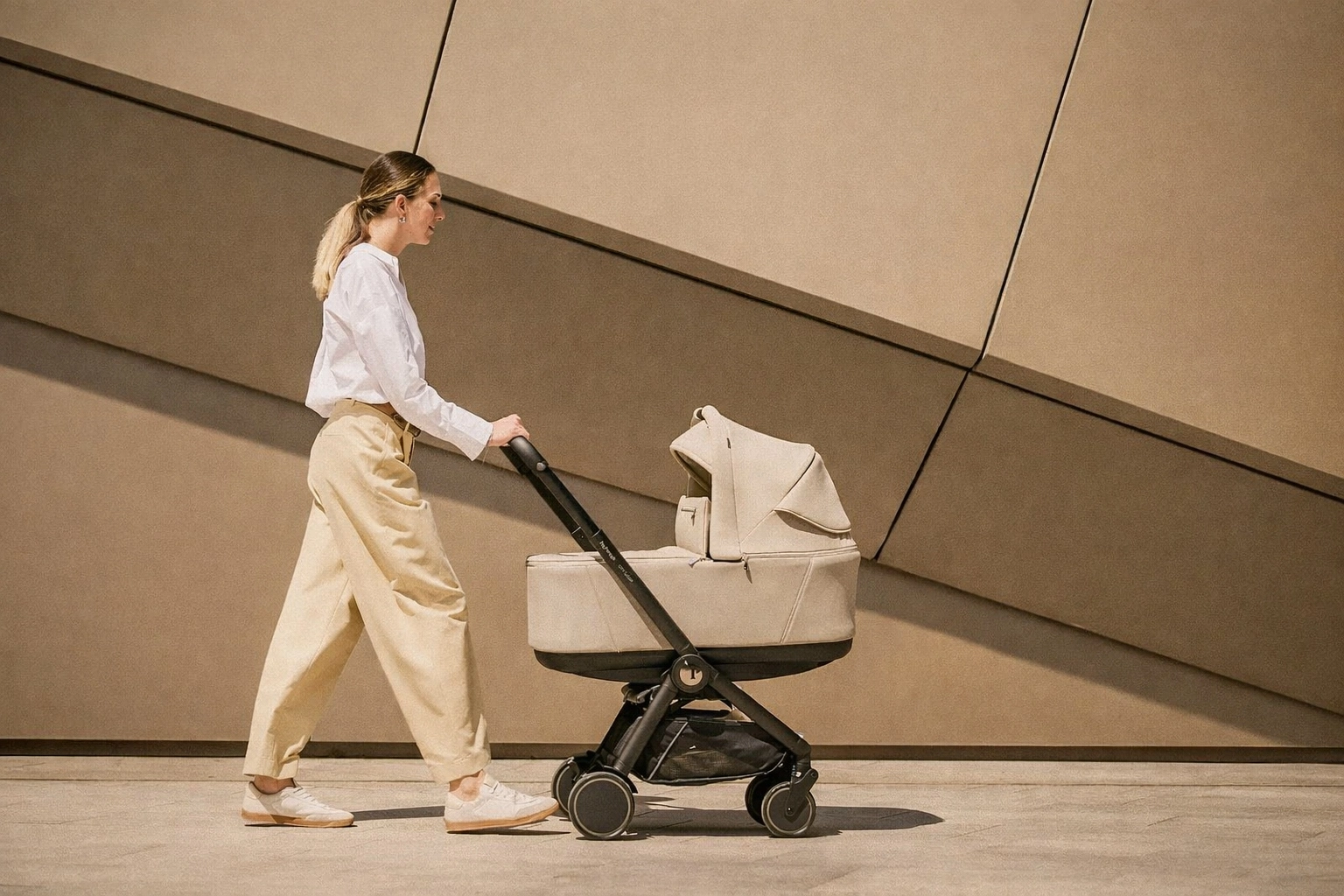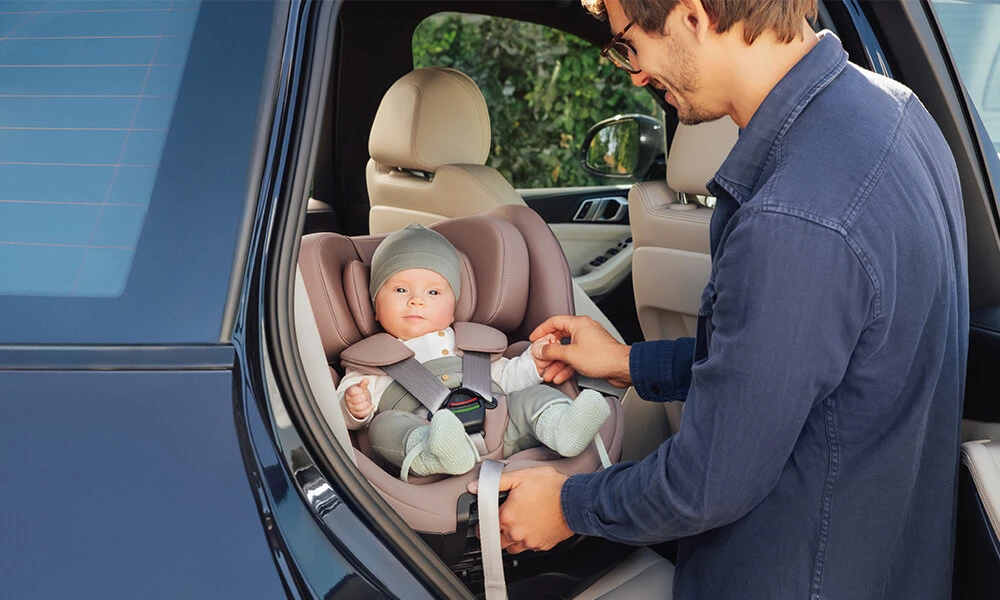Summer Safety for Kids

Summer is a wonderful time of year, but for young children, it can also pose particular challenges. High temperatures, intense sunlight, the risk of overheating, and dehydration all affect a child’s body much more rapidly than an adult’s. To help your child enjoy the summer comfortably and safely, there are a few essential factors to keep in mind.
When is the best time to go outside with your child?
In hot weather, midday hours—especially between 11:00 a.m. and 5:00 p.m.—are not ideal for outdoor activities with children. During this time, the sun’s rays are at their strongest, and UV exposure is most intense. A child’s condition can quickly deteriorate: they may become lethargic, irritable, tired, or even overheat. The safest times for a walk are early in the morning, before 10:00 a.m., or in the evening after 6:00 p.m., when the heat has subsided and the sun is less harsh. Even during these periods, it’s still best to stick to shaded areas.
Does a baby need sunscreen?
If your child is under six months old, it’s generally recommended to protect their skin through shade and lightweight clothing, as sunscreen is not advised by pediatricians at this age. Once your baby is six months or older, you may apply a hypoallergenic sunscreen with a high SPF (50 or above), specifically formulated for children. It’s important to remember that sun protection is necessary even in the shade, as UV rays can still penetrate and affect the skin.
What kind of clothing is best for summer?
Many parents assume that the less clothing a baby wears in the heat, the better. In reality, the best protection comes from well-chosen, breathable fabrics such as cotton, which allow the skin to breathe, minimize sweating, and reduce the risk of irritation, overheating, or insect bites. Synthetic materials, on the other hand, should be avoided in hot weather—they trap heat, block airflow, and may cause discomfort or skin reactions. Light-colored, loose-fitting clothes and a wide-brimmed hat are essential components of a child’s summer wardrobe.
How can you protect your child from overheating?
Young children are particularly sensitive to temperature fluctuations, so it’s crucial to monitor their condition closely. Make sure your child stays hydrated throughout the day—offer water regularly, or if breastfeeding, increase feedings slightly. Opt for shaded areas when outdoors, ensure proper ventilation at home, and never skip a sunhat. If you notice that your child’s skin feels unusually warm, they’re sweating heavily, or suddenly turn red, these could be early signs of overheating. In that case, move them to a cooler area immediately and offer fluids to help them recover.


